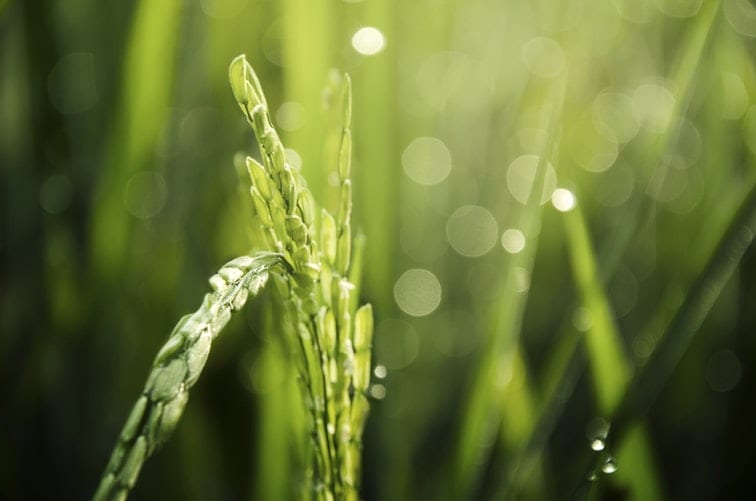To some, the advantages and disadvantages of asexual reproduction might seem completely bizarre but not to us. There are several species of animals and plants that do not require a partner to produce and offspring. You may call it pure single parenting; in the scientific community, we like to call it “asexual reproduction.”
From bacteria and fungi to various sea creatures, numerous species are capable of asexual reproduction. This list includes some surprise entries such as hammerhead sharks, komodo dragons, and turkeys. Interestingly enough, some creatures, like certain species of starfish, are capable of both sexual and asexual reproduction, the latter being more like a backup in case they fail to find a mate.
Of course, there are advantages that go beyond skipping the whole relationship hassle and there are far more disadvantages than lack of companionship. On a serious note, the overall impact of asexual reproduction on our ecosystem and genetic evolution is a topic worth studying.
So, let’s start with the advantages.
Advantages of Asexual Reproduction
Asexual organisms are inherently adaptive, which means reproduction is successful in any environment. While asexual species may not support evolution because they are genetically identical to their only parent, their ability to develop and thrive in a new environment can lead to some evolutionary movement (yes, we have plenty to thank science and nature for). Other advantages include:
1. The Next Generation Carries All the Positive Traits
Sexual reproduction is often a gamble. It is difficult to predict which positive or negative traits will be passed on to the next generation. In some cases, a valuable positive trait is lost. Since asexually produced offspring are entirely identical to the parent, no positive traits are lost. There is no way the next generation will be weaker or less evolved.
2. Survival of the Species is Definite
Sexually reproducing species cannot survive in an isolated environment. Since asexual species do not require a mate, a single organism or creature can recreate a whole colony. Given a suitable environment, survival is in no way impossible for these species. It won’t be wrong to say that these species can survive the worst of situations.
3. Pollination Is Not Required by Asexual Plants
Asexually reproducing plants do not require seeds. They are unaffected by lack of pollination plaguing other plants and crops. Asexual reproduction allows for larger yields of crops even in absence of seeds. Sugarcane is a prime example of such crops.
A number of sea plants are asexual and play a vital role in maintaining the ecosystem. Crops and plants that reproduce asexually also tend to bear more fruits and that too earlier in the season.
4. Rapid Growth and Maturity
Asexual plants and crops have a shorter maturity period. They can mature in around six to eight weeks while sexually reproducing counterparts tend to take months. A major advantage of this rapid growth and maturity time is that you can expect multiple yields in a year.
Even asexual stationary species other than plants are able to reproduce a multitude of offspring over a small period of time, which allows them to survive and recover from attacks on their colonies.
Disadvantages of Asexual Reproduction
So far, asexual reproduction sounds like the most advanced method that can make a specie indestructible. However, it has its own set of disadvantages that proves that some species are better of seeking mates. Let’s take a look at some of the disadvantages of single parent reproduction.
1. Lack of Diversity and Adaptability
Take cue from Hollywood movies, cloning isn’t always a good idea. For most asexual species, the offspring are duplicates of their parent. There is no diversity and you cannot expect any form of evolutionary movement at all. Most asexual species show lack of adaptability and are unable to fight new diseases or infections.
2. Negative Traits Continue through Generation
Several external factors can cause negative mutations in asexual organisms. The problem is, once there is a negative trait in the gene, it is likely to be carried forward as is. Since there is little to no room for evolution, the chances of extinction due to a slight negative mutation are much higher. Asexual species may not able to utilize the negative mutations as positive traits even after generations of carrying them forward.
3. There May be Population-Control Problem
It goes without saying, the ability to reproduce without a mate comes with some control issues. Since the reproductive process requires less energy and time, it happens more frequently. The ability to create numerous offspring within a short span of time.
The population of some species grows uncontrollably. However, sometimes it counteracts and results in a scarcity of resources, which in turn results in the extinction of the species.
4. The Cost May be Higher
It is true that asexual plants and crops do not rely on pollination and seeds, but creating favorable conditions to promote asexual reproduction is often an expensive process. Moreover, special skills are required for effective and successful cultivation of asexual crop. Lack of expertise might increase the cost of labour, adding up to the total cost.
Wrapping it Up: Advantages and Disadvantages of Asexual Reproduction
So, these were the advantages and disadvantages of asexual reproduction in various species of plants, animals, and various organisms. While asexual species are free to reproduce on their own, there are several limitations as well.
Due to lack of adaptability, there is a need to provide adequate environment to support the survival and growth of these species. A profound understanding of the advantages and disadvantages of asexual reproduction can lead to better utilization of asexual species and organisms around us.
Is there something you’d like to add? Tell us about it in the comment’s section below.
Last modified: December 24, 2018










